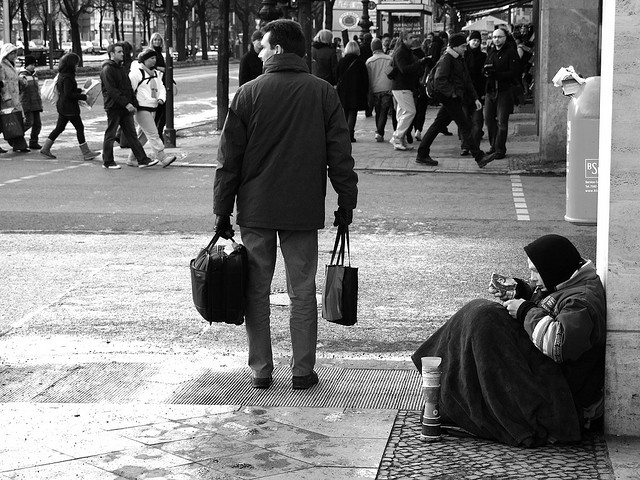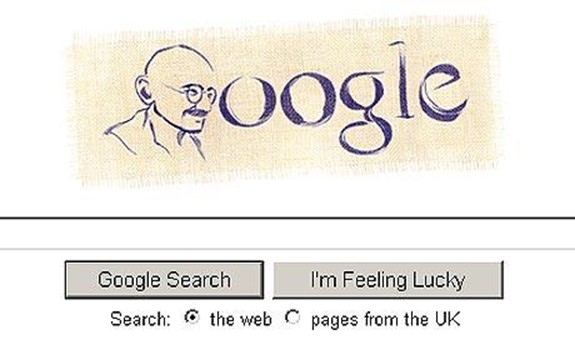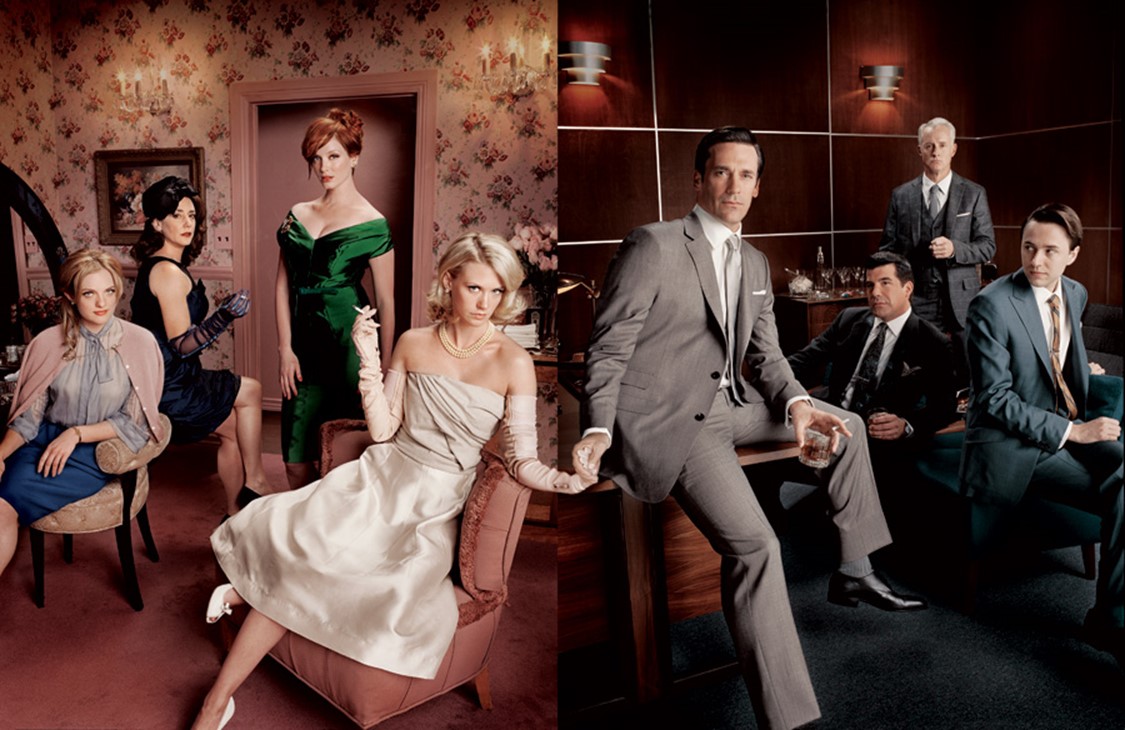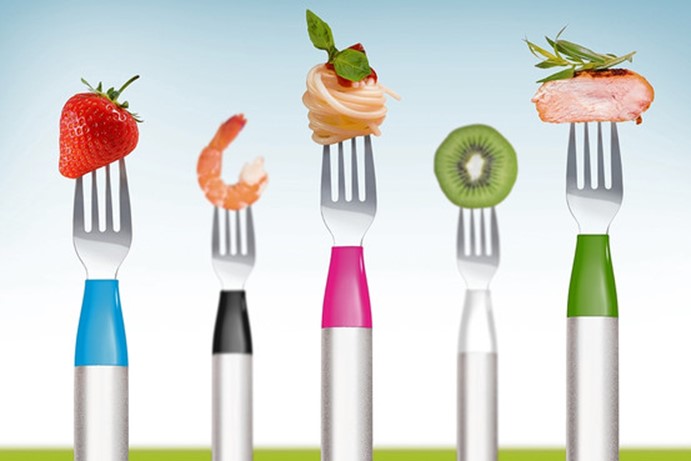How Ski Resorts Are Reinventing Themselves
January 28, 2014 in Daily Bulletin

The Economist looked at the greying ski resort business:
- The average skier is getting older and ski resorts are looking to attract younger blood.
- One ski resort offers a ski-in ski-out Starbucks.
- Others are looking to make resorts more family-friendly with play zones, yoga lessons, and snowmobiles.
- This has the added benefit of making ski-resorts destinations that can be visited all year and has led resorts to consider activities such as zip lining.
- Vail Resorts offers an app that lets users track their skiing statistics and share them with their friends.
- Terrain Parks are areas where skiers can perform tricks, record videos of them, and share them online.
- One terrain park has a barn with foam pits, trampolines and half pipes for more spectacular tricks.
Read more about how much skiers have aged, how ski slopes are being redesigned and more over here.
Source: The Economist









Join the Discussion! (No Signup Required)